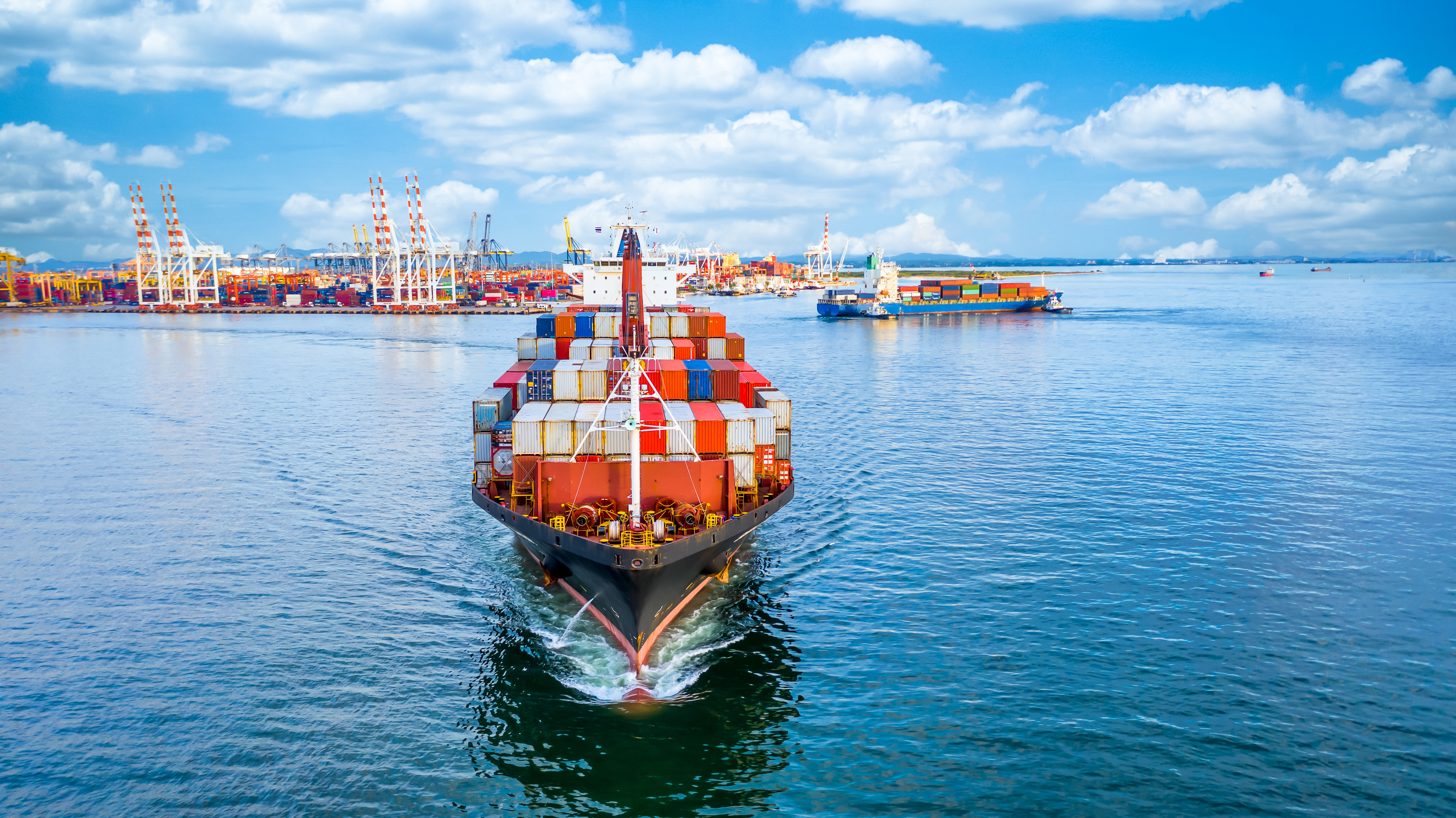By: Pat Walsh, Chief Business Development Officer and Vice President, Supply Chain, Food Marketing Institute
 The backbone of any sustainable supply chain relies on a performing and reliable transportation network. Those who lead in the supply chain will perfectly understand that transportation is indispensable to most businesses. Indeed, transportation accounts for a significant amount of expense in the supply chain logistic cost.
The backbone of any sustainable supply chain relies on a performing and reliable transportation network. Those who lead in the supply chain will perfectly understand that transportation is indispensable to most businesses. Indeed, transportation accounts for a significant amount of expense in the supply chain logistic cost.
But for many companies, specific transportation challenges have become a costly and pervasive issue.
“Cost for transportation for us now is higher than they have ever been” says Ann-Marie Daugherty, vice president, logistics, Giant Eagle Inc.
For many companies, the reliance on truck drivers to get their products to and from destinations has become a pricey and enduring issue. The costs are higher than they have ever been largely due to truck capacity and driver shortages. What accounts for these deficits are well known throughout the supply chain industry: low wages that do not reflect a higher cost of living, sometimes undesirable work conditions, dangers of driving in extreme conditions, and prohibitive regulatory forces.
But talent is a major contributor in shaping this current state of affairs. Top of mind for Ann-Marie is “finding and retaining drivers that work for us to bring product in from suppliers into our warehouses”. We always seem to be in an environment where the numbers of drivers is below what is needed.
Why do driver shortages prevail despite a highly available labor pool?
- The profession does not attract Millennials and doesn’t suit their needs.
- There needs to be a focus on attracting younger talent to offset the graying population of truckers who are preparing to leave the profession.
- There needs to be a reenergizing of the profession.
It is imperative to use the latest technology to attract and retain prospects. The future of trucking lies in reinventing its image. With that in mind, perhaps the best way to reach young age groups is to embrace advancing technology as part of the profession; recruit those with technology skills which could represent a key problem-solving resource to the industry. The urgency is now as the number of trucks on the road will always follow the number of drivers in the labor pool.
In the meantime, companies are redesigning their transportation networks to better respond to current conditions and costs. Considering alternate modes of transportation is a way to alleviate the capacity concerns facing the trucking industry. You can offset the pain with other supply chains wins by relying on third party logistics companies to fix inefficiencies and reducing overall logistics costs. Finding carriers to help on the inbound side keeps Ann-Marie up at night. With so much at stake, third-party companies are continuously looking for ways to improve on supply chain logistics processes and provide insights on upcoming issues affecting the industry.
When all is said and done, concerns with transportation in the supply chain industry has a long history of tackling these challenges. At the core, the advent of technology should be on the forefront of revolutionizing the profession to ensure a steady flow of skilled and energized individuals. Embracing innovative technologies that shake up the supply chain industry will aid in combatting inefficiencies.
This blog post summarizes the discussion at the 2018 TPA Supply Chain Conference panel Dealing with the Transportation Capacity Crunch.

 Industry Topics address your specific area of expertise with resources, reports, events and more.
Industry Topics address your specific area of expertise with resources, reports, events and more.
 Our Research covers consumer behavior and retail operation benchmarks so you can make informed business decisions.
Our Research covers consumer behavior and retail operation benchmarks so you can make informed business decisions.
 Events and Education including online and in-person help you advance your food retail career.
Events and Education including online and in-person help you advance your food retail career.
 Food Safety training, resources and guidance that help you create a company food safety culture.
Food Safety training, resources and guidance that help you create a company food safety culture.
 Government Affairs work — federal and state — on the latest food industry policy, regulatory and legislative issues.
Government Affairs work — federal and state — on the latest food industry policy, regulatory and legislative issues.
 Get Involved. From industry awards to newsletters and committees, these resources help you take advantage of your membership.
Get Involved. From industry awards to newsletters and committees, these resources help you take advantage of your membership.
 Best practices, guidance documents, infographics, signage and more for the food industry on the COVID-19 pandemic.
Best practices, guidance documents, infographics, signage and more for the food industry on the COVID-19 pandemic.
